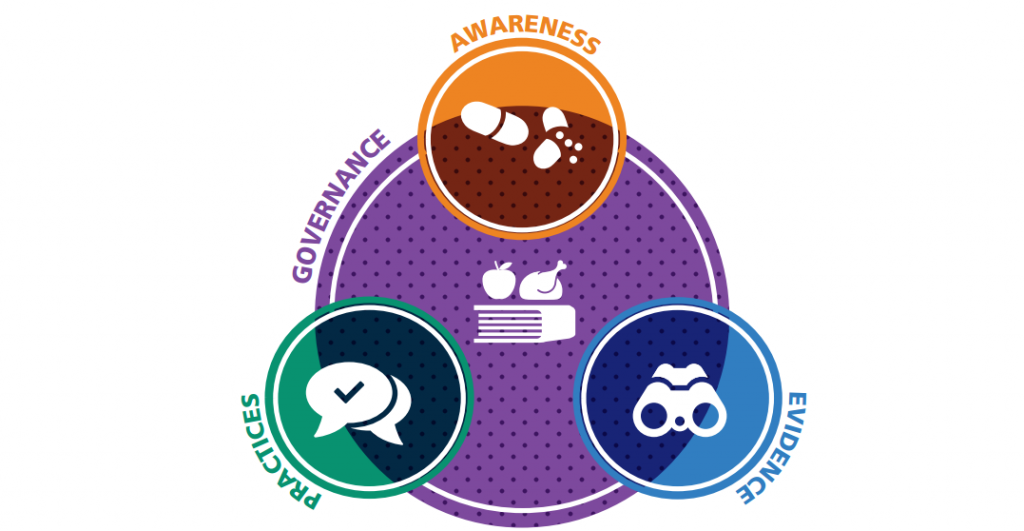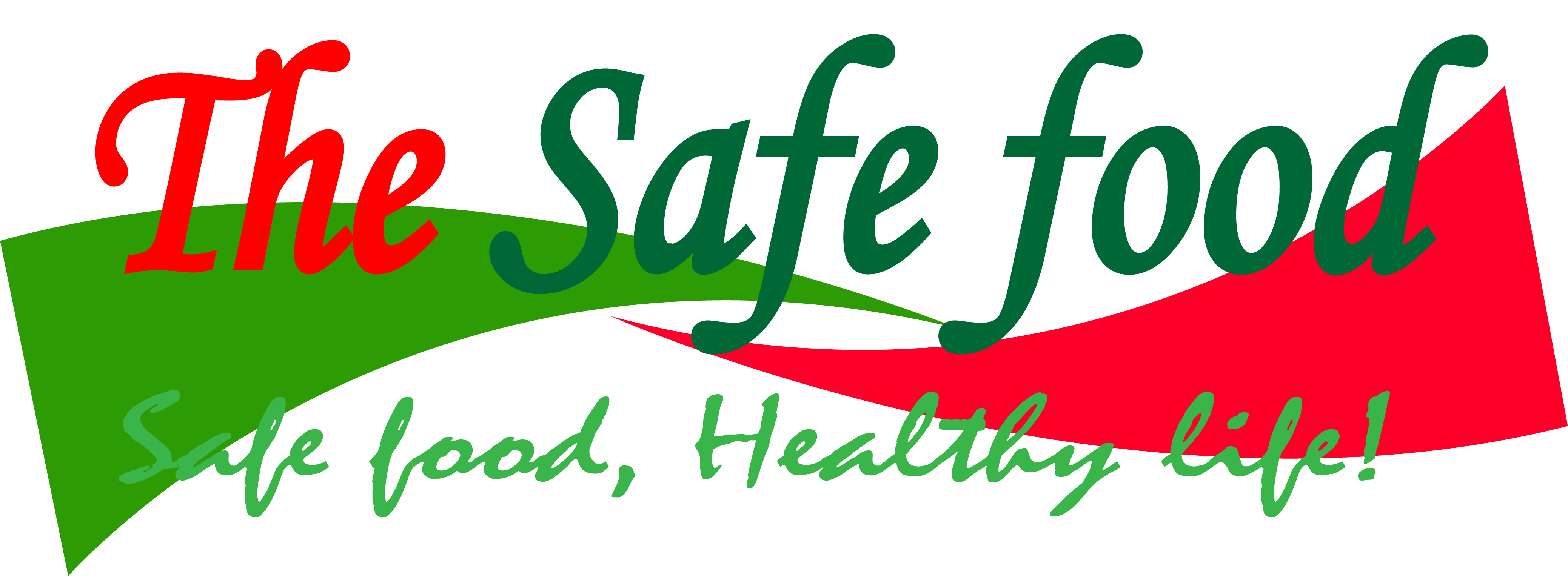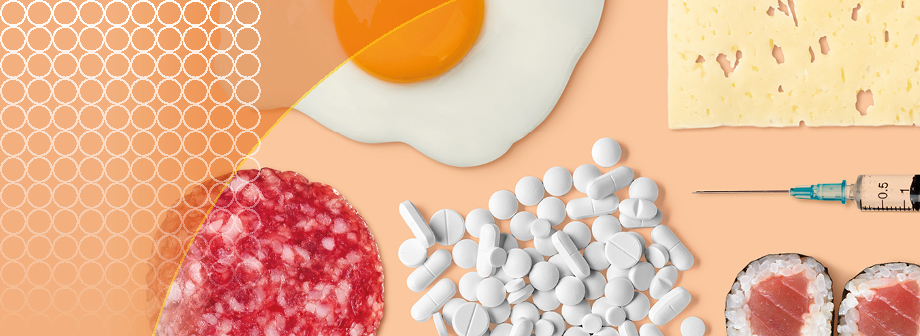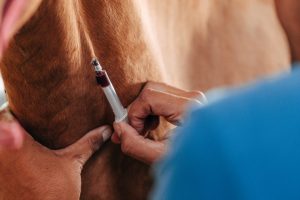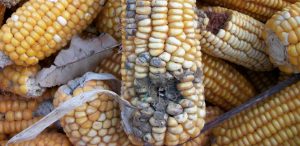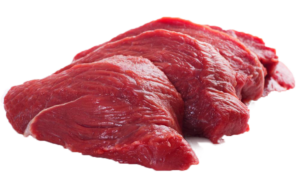Antibiotics are drugs – that are used therapeutically to preserve human and animal health and welfare. They may be produced naturally by living organisms or synthetically in the laboratory. These antibiotics prevent or eliminate microbial growth and development. This refers to microorganisms such as bacteria, fungi, or protozoa. Currently, there are approximately 250 different chemical substances registered for medicinal and veterinary use [19-21].
In animals, antibiotics are being used to treat diseases, and also to improve production. These antibiotics may result in the deposition of residues that are not allowed in food intended for human consumption [19].
Major classes of antibiotics
Antibiotics may be grouped into different sub-groups depending on their chemical structure or mechanism of action [19]. Some common ones include:
- Beta lactams
- Fluoroquinolones
- Amphenicols
- Aminoglycosides
- Tetracyclines
- Macrolides
General uses of antibiotics
Antibiotics in animals are used in the following ways:
- Antibiotics as growth promoters – administered to enhance growth of the animals such as cattle, poultry and swine. E.g. Sulphonamides are used as growth promoters in poultry. According to Nisha, [25] improvement is achieved through a number of ways:
- improved growth rate because of thinning of mucous membrane of the gut to facilitate better absorption
- altering gut motility to enhance better assimilation,
- producing favorable conditions for beneficial microbes in the gut of animal by destroying harmful bacteria (eliminating competition)
- partitioning proteins to muscle accretion by suppressing monokines.
- decreasing degree of activity of the immune system
- reducing waste of nutrients
- reducing toxin formation.
- Antibiotics in therapeutics – administered during an infection to aid in disease treatment.
- Antibiotics in prophylaxis – administered to prevent disease occurence.
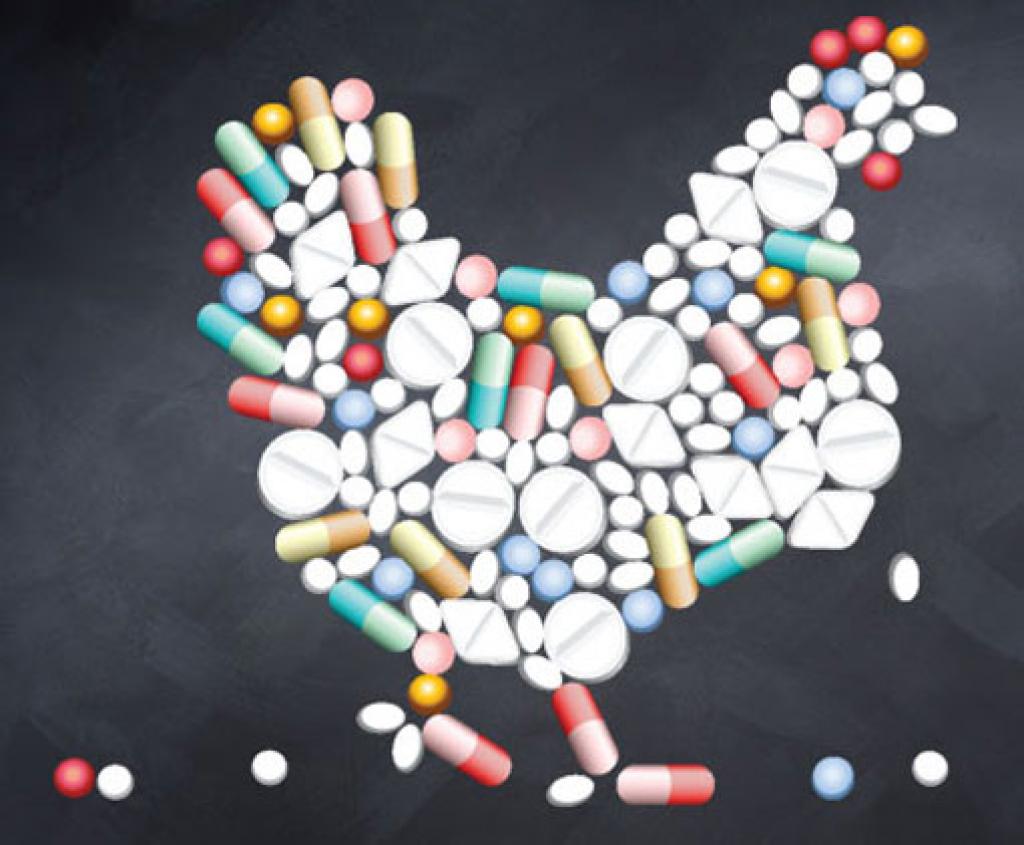
What are antibiotic residues?
Antibiotic residues are generally metabolites which are found in small quantities in any edible portions of animal product after the antibiotics are administered. Antibiotic residues in food animals that exceed the appropriate maximum residue limit may lead to the development of animal or human antibiotic resistances [19].
Causes of antibiotic residues in food?
The presence of antibiotic residues in animal tissue and animal-based products arising from the subtherapeutic, prophylactic or therapeutic use of antibiotics is a function of:
- The antibiotic
- The delivery processes
- The level of treatment
- Adherence to the withdrawal times
Some of the practices that may cause antibiotic residues in food include:
- Indiscriminate use of antibiotics to treat animal diseases [22]
- Use and handling of antibiotics by untrained persons
- Failure to observe withdrawal periods before harvesting of meat or milk
Prevalence around the world
According to Darwish, Eldaly [21], in Africa, as in other parts of the world, there has been extensive reporting of antibiotic residues in animal-derived foods in many countries; in many instances, these residues surpassed the WHO permissible residue amounts. Tetracyclines have been reported to be the most commonly prescribed antibiotics in Africa, comprising 41 percent of all antibiotic-associated residues, followed by β-lactams at 18 percent.
In 2010 the total global use of antimicrobials in the livestock industry was 63 151 tonnes. The fact that two-thirds of the projected future growth in the use of antimicrobials is expected to occur within the animal production sector is of particular concern, with demand in pig and poultry production anticipated to double [23].
Effects of antibiotic residues
Antibiotic residues in food animals that exceed the appropriate maximum residue limit may lead to the development of animal or human antibiotic resistances [19]. Dangerous, antibiotic resistant bacteria have been observed with increasing frequency over the past several decades [24].
“Antimicrobial resistance refers to micro-organisms – bacteria, fungi, viruses, and parasites – that have acquired resistance to antimicrobial substances [23].”
Nisha [25] and Darwish, Eldaly [21] identified various pathological effects that may be produced by antibiotic residues present in foods:
- Bone marrow toxicity (Chloramphenicol)
- Nephropathy (Gentamicin)
- Transfer of antibiotic resistant bacteria to the human.
- Carcinogenicity (Oxytetracycline, Sulphamethazine, Furazolidone)
- Mutagenicity
- Immunopathological effects
- Autoimmunity
- Hepatotoxicity
- Reproductive disorders
- Allergy (Penicillin)
The fate of antibiotic residues in food products
What happens when antibiotics are subjected to food processing? Is there a possibility for reduction in quantities or harm when the food is subjected to different methods of processing? … Research should be carried out to suggest options.
Who is responsible for ensuring the reduction of antibiotic residues in food?
As discussed before on who is responsible for food quality and safety, it is the role of everyone in the food chain. Farmers must ensure that they only deliver animals and animal products that are not contaminated with antibiotic residues by ensuring that they:
- Seek veterinary services from qualified persons – avoid treating animals yourself
- Observing withdrawal periods without failure
- Only using antibiotics only when necessary
- Applying other options available that do not require the use of antibiotics in animals
Manufacturers must be able to test and ascertain that animals and animal products are devoid of antibiotic residues.
Regulatory authorities must develop policies to control or regulate the use of antibiotics. Such policies must answer the following questions:
- Which antibiotics are available for use by farmers?
- Who should be able to access antibiotics?
- when and how should antibiotics be used?
- How should usage be monitored?
The consumer must demand for antibiotic residue free food products.
All must understand and participate to ensure that the plans in existence seeking to end antibiotic residues and antimicrobial resistance which ais linked to food. Food and Agriculture Organization unveiled the The FAO Action Plan on Antimicrobial Resistance 2016-2020 so as to support the food and agriculture sectors in implementing the Global Action Plan on Antimicrobial Resistance to minimize the impact of antimicrobial resistance. Governments and stakeholders must familiarize and ensure success is achieved [23].

Strategies to reduce antibiotic residues in food
Various strategies have been identified towards the prevention of antibiotic residues in food [23, 25]:
- The first step in residue prevention is to raise awareness of the problem among individuals and organizations by educating veterinary staff, associations, government agencies and consumers. This will promote good practices in food and agricultural systems.
- Rapid screening techniques for evaluating antibiotic residues in food products should be developed. Research is required to this end.
- Most antibiotics can lose activity due to food processing. Research is required to provide the much-needed information in this area.
- Novel techniques for dealing with antibiotics should be developed.
- Nationwide monitoring and periodic surveillance of antibiotic residue in edible tissues, milk and other animal products such as eggs must be carried out. This would require strengthening of governance related to antibiotic use and antimicrobial resistance in food and agriculture;
